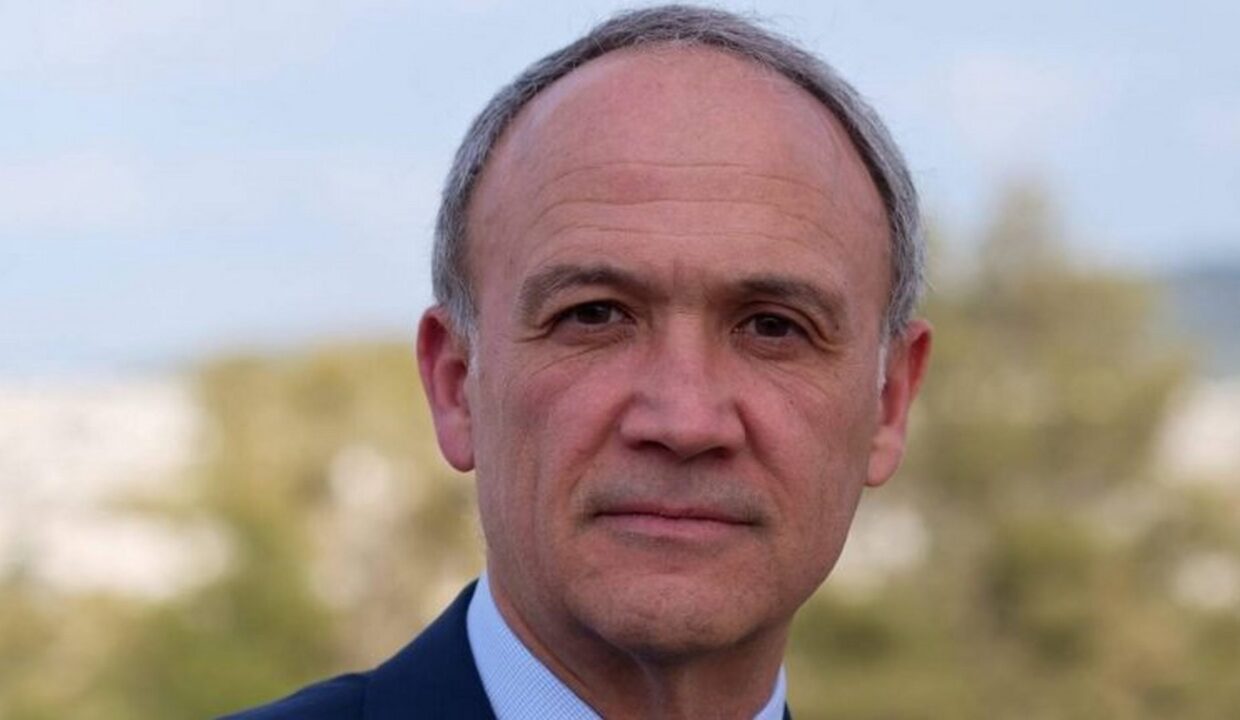
One cannot argue that Aris Xenofos, who is rushed by the Hellenic Republic Asset Development Fund (HRADF), has the record of staying in the position of managing director in the listed ELLAKTOR Group.
On the contrary. But, the issue is not the records – which tend to be broken – but the moods and choices of the key shareholders.
The change of baton favored Thymios Bouloutas, who has behind him the legacy of Marfin of the time of Andreas Vgenopoulos but also a tough battle of personal survival after the adventures of the banking group and its subsidiaries in the first period of the Memorandum.
In any case, the timeless Thymios has not forgotten the stock market letters he learned early on in the great school of the once glorious Sophocles!
Yesterday, Friday 21 May – feast of Saints Constantine and Helen – the deadline for submitting bids in the tender for the 2 independent certified real estate appraisers expired with the main object of the appraisals of the “sacred” plots and areas in the area of Vouliagmeni. With the promotion of the 2 appraisers, the process for the varied utilization of the property owned by the Church of Greece in this coastal municipality of Attica enters the final stretch.
The properties to be valued, as it is stayed in a relevant document of the Ecclesiastical Central Financial Services (EKYO), “for which a total financial offer will be submitted, are located in Vouliagmeni, Attica and are plots within the plan, unplanned (unregulated)”. For the purchase or utilization of these properties, applications for expression of interest have already been submitted by private and institutional investors from Greece and abroad, the number of which exceeds 200…
To make readers’ life easier and to meet the legal curiosity, here is the relevant list of the “sacred” properties / areas of Vouliagmeni:
- B.B. 5, plots 4 to 11 (area ≈6.000,00 sq.m.)
- B.B. 7, plots 1 to 14 (area ≈17,640.00 sq.m.)
- B.B. 8, plots 3,4,8 up to 9 (area ≈3,050.00 sq.m.)
- B.B. 11, plots 1, 2, 4, 6 up to 9 and 11 up to 15 (area ≈8,700.00 sq.m.)
- B.B. 13, plots 1 to 7 (area ≈8,760.00 sq.m.)
- B.B. 22, plot 5 (area ≈863,00 sq.m.)
- B.B. 22, plots 8 up to 15 and 22 up to 28 (area .011.021,00 sq.m.)
- B.B. 23, plots 2 to 8 (area ≈5,633.00 sq.m.)
- B.B. 42, plots 1 to 4 (area ≈3.570,00 sq.m.)
- B.B. 47 (area ≈10.600,00 sq.m.)
- B.B. 52 plots 9 to 12 (area ≈3.165,00 sq.m.)
- B.B. 53, plots 1 to 3 (area ≈4,263.00 sq.m.)
- B.B. 79 (area ≈28.800,00 sq.m.)
- B.B. 100-101 (area ≈44.000,00 sq.m.)
- B.B. 124, plots 6 up to 15 (area ≈12,628.00 sq.m.)
- B.B. 126, plots 1 to 6 (area ≈8,965.00 sq.m.)
- B.B. 127, plots 1, 2, 9 up to 11 (area ≈4,317.00 sq.m.)
Where the OT sign is seen is the Building Block where the church properties are located.
The connection made by the authors of Grant Thornton’s recent paper between Depoliticization and the Recovery Fund is very interesting. The connection is already reflected in the title: The Depoliticization project and the perspective of the Recovery Fund.
In the section entitled “Recovery Mechanism and Fair Transition Mechanism: Parameters of Successful Utilization”, one can read, among other things, that the full utilization of Recovery Mechanism (RRF) and Fair Transition Mechanism (JTM) will depend on the degree of response shown by various stakeholders (public bodies, private investors, other financiers) and the timely and complete establishment of a control tower.
The field of action is based on 3 distinct and complementary pillars. The first of these has to do with the need for the immediate maturation of the most suitable projects for financing, at technical, legal and financial level, which is a key issue for the full and efficient utilization of the resources available through RRF and JTM.
The second, related to the availability of a very significant amount of public resources (which together with the European Structural and Investment Funds (ESIF) 2021-2027 will exceed € 70 billion) gives increased opportunities to leverage resources from domestic banking institutions and multiple opportunities to mobilize funds from private investors, while the degree of leverage and ultimately the financing of investments will depend on the degree of readiness of investors and other financiers.
Finally, the third pillar has to do with the basic prerequisite which is the establishment of enhanced control mechanisms in the various stakeholders in order to monitor closely the progress of the projects to be funded and to avoid fraud, double funding and conflict of interest.
The third pillar also hides the juice. That is, how the utilization of resources will not meet with the known timeless Greek pathogens…
